Ford Recalls Mustang Mach-E for Battery Issues After Wide-Open Throttle Runs and DC Fast-Charging

The Ford Mustang Mach-E has had some weird recalls in its short time on sale, including one for the glass roof, which could separate and fly off while driving. Its most recent recall is also weird, but it’s also a little embarrassing: The electric SUV could experience a component failure in its battery pack that occurs while DC fast charging or romping on the accelerator.
Ford recalled almost 35,000 2021 and 2022 Mustang Mach-Es equipped with the extended-range battery for the issue. Recall documentation states that DC fast charging and “repeated wide open pedal events” could overheat the high-voltage battery main contactors, causing them to deform and arc. That could cause a loss of power and increase the risk of a crash.
The paperwork noted that the Mach-E’s “high voltage battery bussed electrical center main contactor design and part-to-part variation is not robust to heat generated from multiple wide-open pedal and DC fast charge events.
This is the second recall action related to the problem, as Ford issued a software update to address it in 2022. However, some Mach-Es may have already had damage that happened before the update, which reduced its effectiveness.
Dealers will inspect the Mach-E and replace the bussed electrical center for free. Owner notification should take place by the end of October. The real issue is replacement time and labor, as some Mach-E forum members note that replacing the component requires dropping the battery, which could extend labor times to 25 hours or more.
[Image: Ford]
Become a TTAC insider. Get the latest news, features, TTAC takes, and everything else that gets to the truth about cars first by subscribing to our newsletter.

Chris grew up in, under, and around cars, but took the long way around to becoming an automotive writer. After a career in technology consulting and a trip through business school, Chris began writing about the automotive industry as a way to reconnect with his passion and get behind the wheel of a new car every week. He focuses on taking complex industry stories and making them digestible by any reader. Just don’t expect him to stay away from high-mileage Porsches.
More by Chris Teague





















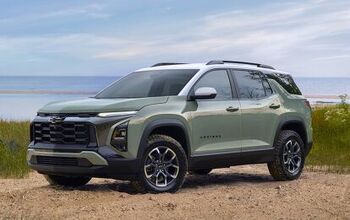
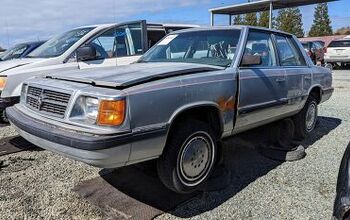
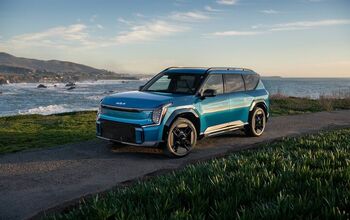

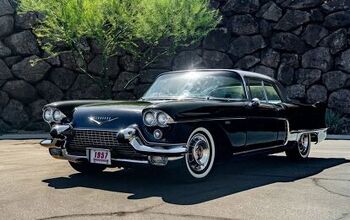


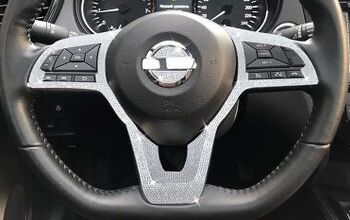
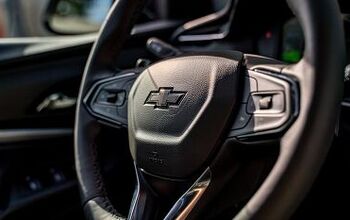


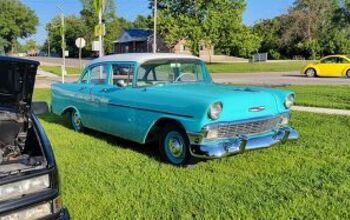

Comments
Join the conversation
I understand that two examples may not reflect the total population better than anybody (literally), but the two Mustang Mach Es I know have been a horror story.
GO over to the Autoline Daily Forum and ask the family who owns them, Vim Van Acker, his wife got a regular Mach E and his son the performance version. They bought them new and together spent more than $120k on the utter pieces of crap.
I wonder if they bought them blindly, like fools, or they did their homework AND tested both them and the competition (and, better, RENTED them for a couple days before they bought this new for them technology).
Anyway they did, and both crappy vehicles spent more time in the shop, waiting to be fixed by mechanics who DID NOT KNOW HOW, than on the road, and they did not even get a Free Rental.
I assume if they sold them they would suffer a bath of more than $50k in losses, due to the enormous depreciation, PLUS the devaluation of the $ they paid to buy them.
But ask Vim, not me. He stated bluntly that
Their next vehicles will still be BEVs but they will all be TESLAS.
Reliability matters. My car needs to work & have few unexpected problems & repairs. That’s why I would never consider one of these or a lot of the garbage being sold.
Another possible reason not to panic: The fix isn't a huge change ("flat contact surfaces and the groove on the movable contactor surface is removed").
If I had one of these, I probably wouldn't encounter the issue because I wouldn't do more than one DC fast charge event in a day, and wouldn't repeatedly and mindlessly hammer the throttle. (It is generally more rewarding to intelligently and selectively ride the torque curve of an EV with your right foot vs. digital apeman "full on" "full off" mode, but then again I don't know much about driving or mechanical devices or e-lectricity, do I?)
Your friendly neighborhood Ford Model e™ engineer might even draw a bell curve and point to one tail and say things like 'more extreme use case' and 'excursion' but that would be confusing, possibly overwhelming, and we should all retreat to our own silos and cubicles, where we can do surface-level analysis.
The lesson I would hope Ford would take from this (they won't) is to package the sensitive fiddly electronic bits separate from the guts of the battery and make it all more modular so that a long-term schmo like myself could more easily service the thing (way) down the road. This would also reduce Warranty cost (unnecessary because it is a Forever Design™ and Sealed for Life™ so never mind). Refer to the pictures in the thedrive.com link.
Lmao. The thing doesn't even let you floor it for more than five seconds, and now even that's to much?